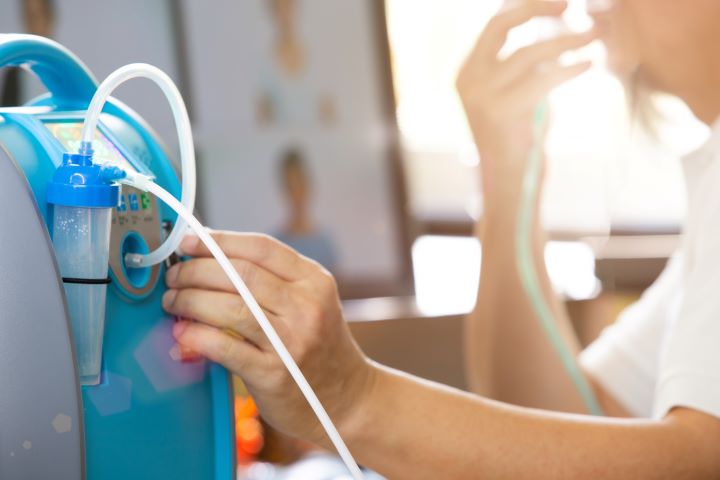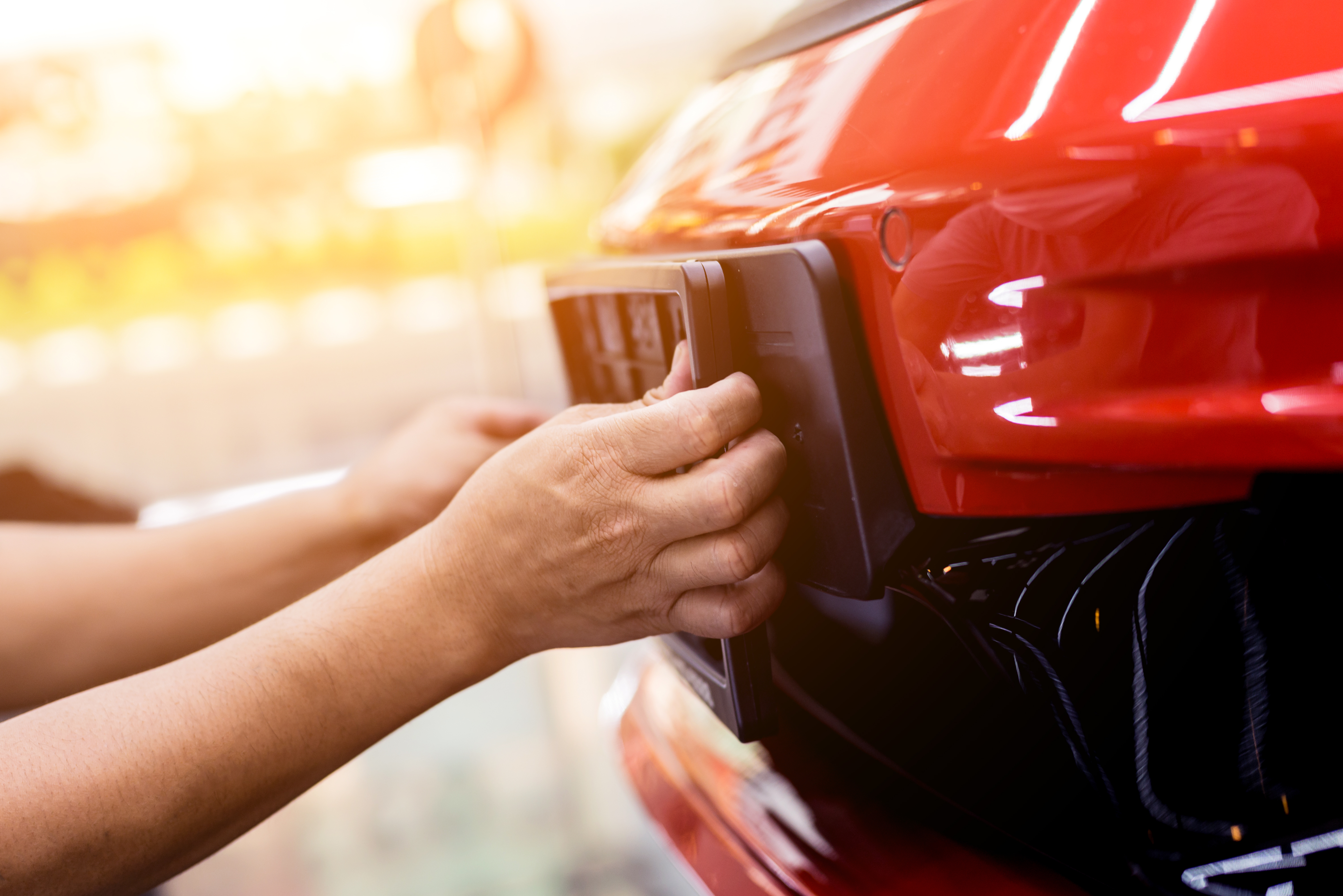Your Guide to Understanding the Latest Portable Oxygen Technologies
Portable oxygen technology has revolutionized respiratory care, offering unprecedented freedom and mobility for individuals requiring supplemental oxygen. Modern concentrators combine advanced engineering with user-friendly designs, making oxygen therapy more accessible than ever before. Understanding these innovations helps patients and caregivers make informed decisions about respiratory support options.

The landscape of portable oxygen therapy has transformed dramatically over the past decade. Advanced concentrators now deliver medical-grade oxygen while maintaining compact, lightweight designs that prioritize patient mobility and independence. These devices represent a significant leap forward from traditional stationary systems, incorporating cutting-edge technology to meet diverse respiratory needs.
Exploring the Evolution of Portable Oxygen Concentrators
Portable oxygen concentrators have evolved from bulky, limited-capacity devices to sophisticated medical equipment featuring extended battery life, quiet operation, and enhanced oxygen delivery systems. Early models weighed over 10 pounds and offered minimal battery duration, restricting user mobility. Contemporary units typically weigh between 2-8 pounds and provide 8-16 hours of continuous operation.
Modern concentrators utilize pressure swing adsorption technology, which separates nitrogen from ambient air to deliver concentrated oxygen. This process has become increasingly efficient, with newer models achieving oxygen concentrations of 90-96% while consuming less power. Advanced filtration systems ensure consistent purity levels, while smart sensors automatically adjust output based on breathing patterns.
Traveling With a Portable Oxygen Concentrator: Tips for Easy Mobility
Air travel with portable oxygen concentrators requires specific preparation and documentation. The Federal Aviation Administration approves certain models for in-flight use, provided they meet strict safety standards. Travelers must notify airlines 48 hours in advance and carry physician prescriptions along with device specifications.
Battery management becomes crucial during extended travel. Most concentrators offer removable battery packs, allowing users to carry multiple charged units for longer journeys. Car adapters and external battery systems provide additional power sources during road trips. International travelers should verify power adapter compatibility and research oxygen therapy regulations in destination countries.
Proper device maintenance during travel includes regular filter cleaning, secure storage in protective cases, and backup power planning. Many users benefit from travel kits containing extra batteries, cleaning supplies, and emergency contact information for equipment suppliers.
The Future of Oxygen Concentrators: Smaller, Smarter, More Efficient
Emerging technologies promise even more compact and intelligent oxygen delivery systems. Manufacturers are developing micro-concentrators weighing less than 2 pounds while maintaining therapeutic effectiveness. Advanced algorithms will enable predictive oxygen delivery, adjusting output before patients experience breathing difficulties.
Smart connectivity features are integrating concentrators with smartphone applications, allowing remote monitoring by healthcare providers and family members. Real-time data tracking includes usage patterns, battery status, and oxygen flow rates, enabling proactive maintenance and medical adjustments.
Future developments include solar charging capabilities, extended battery technologies using lithium-ion improvements, and artificial intelligence systems that learn individual breathing patterns. These innovations aim to eliminate range anxiety while providing seamless respiratory support.
How to Choose Between Portable Oxygen Concentrator Brands
Selecting appropriate concentrators requires evaluating multiple factors including prescribed oxygen flow rates, daily activity levels, and lifestyle requirements. Continuous flow models deliver steady oxygen streams, while pulse dose systems provide oxygen only during inhalation, extending battery life significantly.
Weight considerations vary based on mobility needs. Active users often prioritize ultra-lightweight models under 5 pounds, while home-based patients may accept heavier units offering longer battery duration or higher flow rates. Sound levels range from 37-45 decibels, with quieter models preferred for nighttime use or social situations.
| Brand/Model | Weight (lbs) | Battery Life | Flow Rate | Price Range |
|---|---|---|---|---|
| Inogen One G5 | 4.7 | 6-13 hours | 1-6 LPM | $2,295-$2,695 |
| Philips SimplyGo Mini | 5.0 | 4.5-9 hours | 1-5 LPM | $2,395-$2,795 |
| ResMed Mobi | 3.3 | 4-8 hours | 1-4 LPM | $2,195-$2,595 |
| Oxlife Independence | 4.4 | 5-10 hours | 1-5 LPM | $2,495-$2,895 |
Prices, rates, or cost estimates mentioned in this article are based on the latest available information but may change over time. Independent research is advised before making financial decisions.
Warranty coverage, customer support availability, and local service networks significantly impact long-term ownership experiences. Most manufacturers offer 2-3 year warranties covering defects and normal wear, while extended service plans provide additional protection. Rental options allow trial periods before purchase commitments.
Portable oxygen technology continues advancing rapidly, offering improved quality of life for millions requiring respiratory support. Understanding available options, travel considerations, and selection criteria empowers patients to choose systems matching their specific needs and lifestyle preferences. Regular consultation with healthcare providers ensures optimal therapy outcomes while maximizing device benefits.




